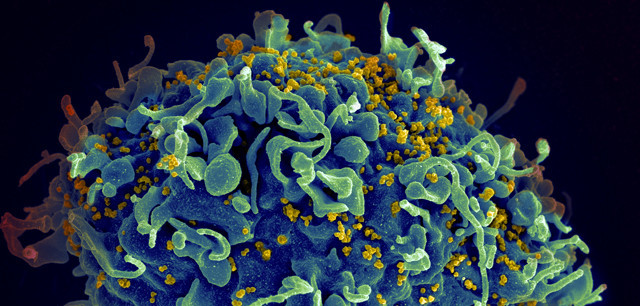A series of infusions of a new antibody led people with HIV who had gone off their antiretroviral (ARV) treatment to maintain a fully suppressed viral load for up to four months without developing resistance to the antibody.
Publishing their findings in The New England Journal of Medicine, researchers in Taiwan recruited 29 people with HIV into a Phase II study of the antibody UB-421.
The participants, who were on ARVs and had a fully suppressed viral load when entering the study, discontinued their standard oral HIV medications the day of their first UB-421 infusion or one week later, depending on their ARV regimen. Fourteen of the participants received eight weekly infusions of UB-421, and 15 received eight higher doses of the antibody every other week.
At the end of these eight or 16 weeks of antibody treatment, the participants were started back on their standard oral ARVs and returned for an evaluation another eight weeks after that.
One participant withdrew from the study due to a mild skin rash. The remaining 28 maintained a fully suppressed viral load throughout the antibody treatment period.
None of the participants saw their virus develop resistance to the antibody—a key finding given that previous studies of antibody treatments have seen the rise of antibody-resistant strains of HIV. In theory, UB-421 averts the development of such resistance because it targets a protein that is stable and not as susceptible to mutation as the targets of other antibodies. HIV uses this protein to infect immune cells.
Further research of UB-421 will include a placebo comparator, allowing researchers to assess the antibody’s efficacy as treatment for HIV.
Scientists are also currently studying the safety of regular infusions of two highly potent broadly neutralizing antibodies against HIV, 3BNC117 and 10-1074,to determine whether they may thwart the development of resistant strains of HIV by targeting two different areas on the virus.
To read a press release about the study, click here.
To read the study abstract, click here.







2 Comments
2 Comments